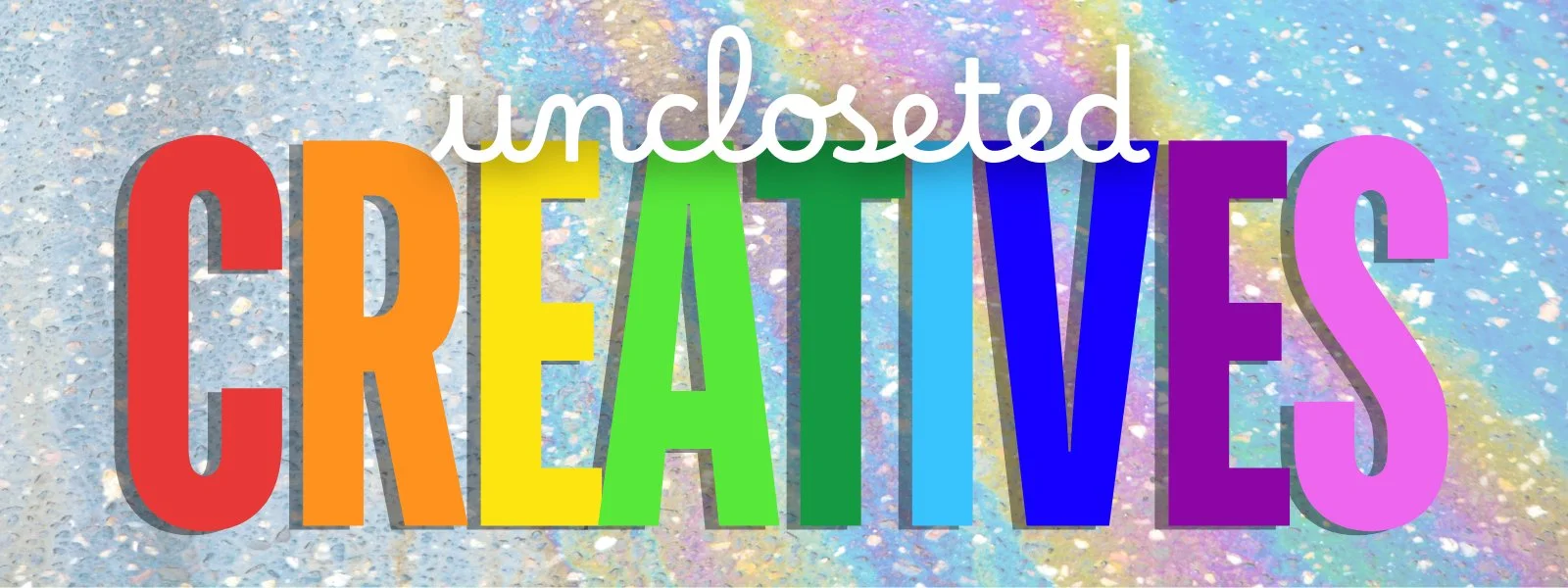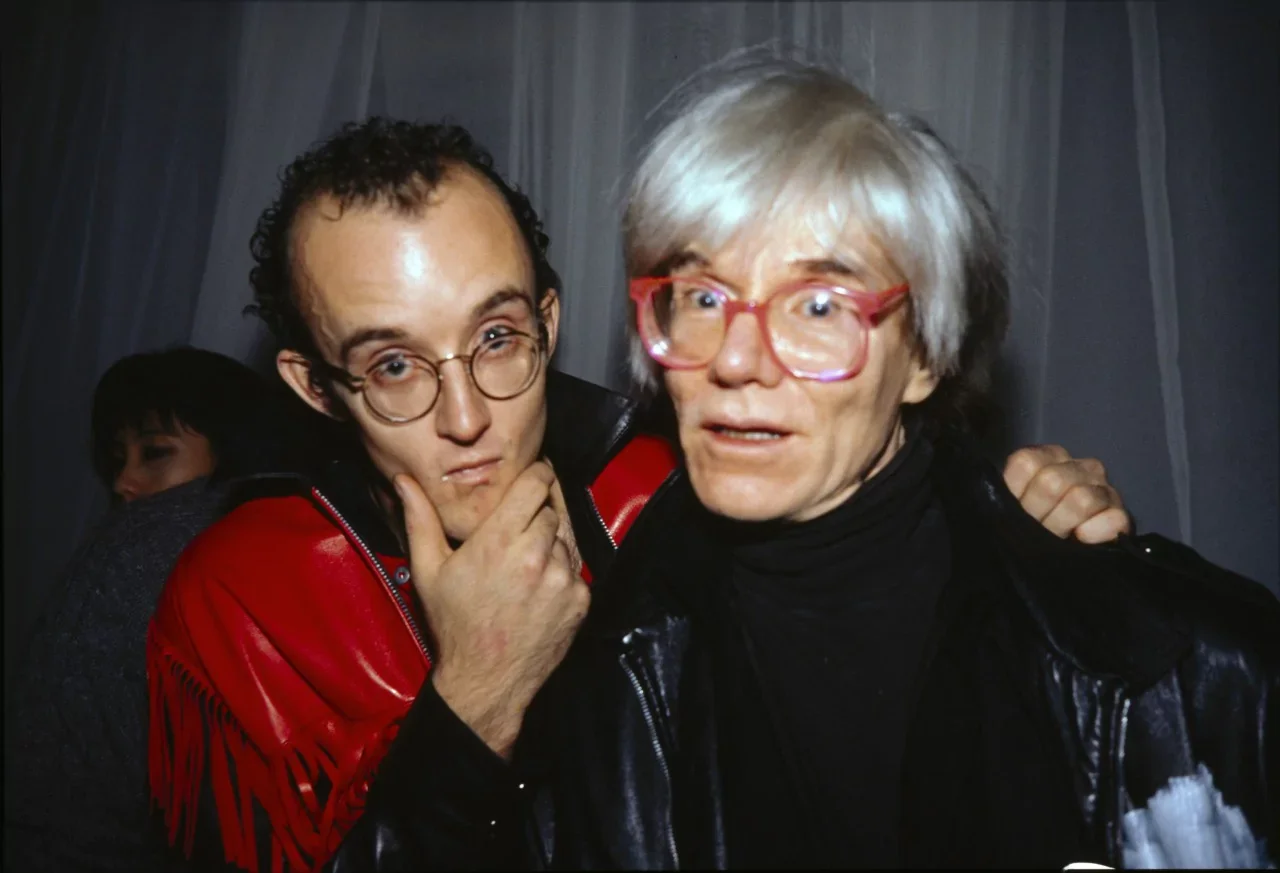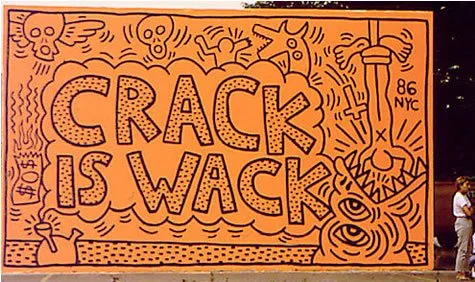Leave Your Mark Like Keith Haring
/Keith Haring, 1986. Image courtesy of the New York Times.
A Brief History of a Brief but Impactful Life
Keith Haring was an artist and a proud voice of the queer community during a pivotal era. His queerness wasn’t the obvious focus of his art, but it certainly bled through. He showed the closeted queers of the 80s that it is possible to be yourself, take up space and leave your mark.
Haring didn’t let his sexuality stop him from doing anything. In fact, he followed its lead. Shortly after he started “experimenting”, he moved to New York City. There, he felt like he could embrace himself to the fullest and live the life meant for him.
“I had started sleeping with men…I decided to make a major break. New York was the only place to go,” he told David Sheff in his 1989 interview for Rolling Stone.
Untitled, 1982. Photographer: Ivan Dalla Tana. Image courtesy of the keith haring foundation.
New York City not only become his home, but also his canvas. The subway system started it all. When Haring came across a blacked-out advertisement, what he really saw was an opportunity. He got the idea, immediately ran above ground and purchased chalk, then returned and drew his first subway piece. Many of these pieces are now featured in The Modern Institute in Glasgow.
Before these pieces were being featured in museums, they were being stolen from the subway and re-sold. Haring noticed this, as well as commercial objects featuring his art emerging across the world, and was shocked that he’d gained such popularity before he’d even had an exhibition.
Well, he went on to have several exhibitions, features, murals, etc. And, as his popularity continued to rise, Haring began to lean into the commercial aspect. He opened the “Pop Shop” in New York City in 1986, which sold items displaying Haring’s classic imagery and most popular pieces. It also sold displays of other artist’s work, such as Andy Warhol’s.
Andy Warhol was an inspiration to Keith Haring, and later also became a friend. Warhol was one of many that Haring lost to AIDS. He lost two friends and an ex-lover within two months. Then, in 1988, Haring himself was diagnosed with AIDS.
Keith haring (left) and Andy Warhol (right), 1985. Photographer: nan goldin. image courtesy of museum brandhorst.
In “An Intimate Conversation,” the year after his diagnosis, Haring stated, “No matter how long you work, it’s always going to end sometime. And there’s always going to be things left undone. And it wouldn’t matter if you lived until you were seventy-five. There would still be new ideas. There would still be things that you wished you would have accomplished…Part of the reason that I’m not having trouble facing the reality of death is that it’s not a limitation, in a way. It could have happened any time, and it is going to happen sometime. If you live your life according to that, death is irrelevant. Everything I’m doing right now is exactly what I want to do.”
Haring was a beacon of light during one of the darkest times in our community’s history. Even in the face of death, he remained positive—in his own twisted kind of way.
Crack is whack, 1986. Image courtesy of the keith haring foundation.
Keith Haring died in 1990, at only 31 years old. He accomplished so much in such a short time and his impact will live on forever. Before he died, he set up the Keith Haring Foundation to support AIDS-related organizations, as well as a few others. When he was alive, he often used his money for good and donated to many important charities, especially as he gained more recognition. But even before his career takeoff, he was making an impact. He made art that spreads interpretative but important messaging (some pieces more blatantly than others). A popular character of his, known as “Debby Dick” is the symbol of Haring’s safe-sex campaign. He also had a very popular mural that displayed the words “Crack is Wack”. What was most important to him, however, was making art that is accessible to the public; “Taking it off the pedestal...giving it back to the people.”
It has been my pleasure to feature, and perhaps educate you about, the one and only Keith Haring. His art speaks for itself, but it is important that we continue to tell the stories of those who lost their lives to AIDS, to honour their legacy and always stand up to erasure and misinformation.
Jade McConkey is an eclectic creative, a cat mom and a Professional Writing student at Algonquin College. More than anything, she is passionate. Jade considers herself an enthusiast of many things, such as crafting, songwriting, drag, and lesbianism. When she is not playing with clay or writing songs that will never see the light of day, you can find Jade watching old seasons of RuPaul’s Drag Race or Glee—the shows that gave her comfort in her queerness. Jade is also the self-published author of “This Journal Will Be Your Future Book,” a guided journal for writers, available on Amazon.






